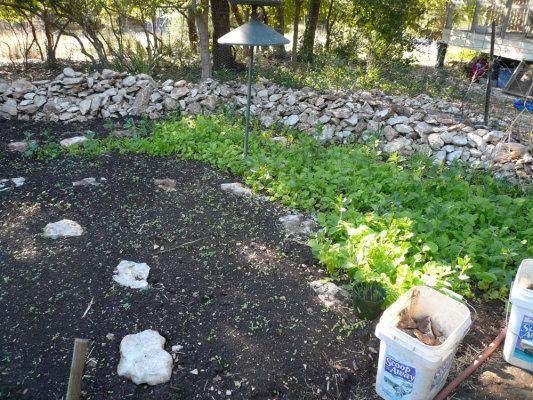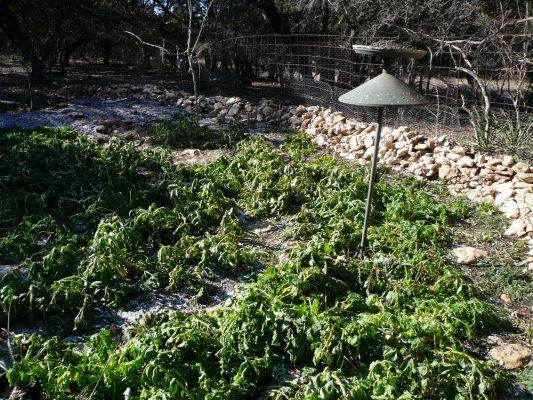
 2
2








paul wheaton wrote:
I just realized that we don't have a thread for the amazing daikon radish. Anybody have pictures?




 3
3




 ?
?Brenda
Bloom where you are planted.
http://restfultrailsfoodforestgarden.blogspot.com/
 2
2




 3
3







Idle dreamer




Brenda Groth wrote:
has anyone eaten them? I know they use them to break up soils and let them rot, but what about eating them? are they mild, strong,?
 1
1




 2
2




homesteadpaul
 2
2




Brenda Groth wrote:
has anyone eaten them? I know they use them to break up soils and let them rot, but what about eating them? are they mild, strong,?
.
 1
1




 1
1








Brenda
Bloom where you are planted.
http://restfultrailsfoodforestgarden.blogspot.com/
 1
1





Idle dreamer








 4
4








 4
4




find religion! church
kiva! hyvä! iloinen! pikkumaatila
get stung! beehives
be hospitable! host-a-hive
be antisocial! facespace
 1
1




permaculture wiki: www.permies.com/permaculture





 2
2




 2
2




 1
1




My project thread
Agriculture collects solar energy two-dimensionally; but silviculture collects it three dimensionally.
 1
1




Brenda Groth wrote:has anyone eaten them? I know they use them to break up soils and let them rot, but what about eating them? are they mild, strong,
?
 5
5




 1
1




 2
2




1. my projects
 1
1




Seed the Mind, Harvest Ideas.
http://farmwhisperer.com
 1
1




Brenda
Bloom where you are planted.
http://restfultrailsfoodforestgarden.blogspot.com/





 1
1




 1
1




The goal of life is living in agreement with Nature.
Zeno the Stoic
 1
1




Diversified Food forest maker . Fill every niche and you'll have less weeds (the weeds are the crop too). Fruit, greens, wild harvest, and nuts as staple. Food processing and preservation are key to self self-sufficiency. Never eat a plant without posetive identification and/or consulting an expert.








My project thread
Agriculture collects solar energy two-dimensionally; but silviculture collects it three dimensionally.
 5
5








 1
1




 1
1




we don't have a problem with lack of water we have a problem with mismanagement
beavers the original permies farmers
If there is no one around to smell you ,do you really stink!

|
I will open the floodgates of his own worst nightmare! All in a tiny ad:
Freaky Cheap Heat - 2 hour movie - HD streaming
https://permies.com/wiki/238453/Freaky-Cheap-Heat-hour-movie
|







